5 easy ways to protect smartphone from getting stolen
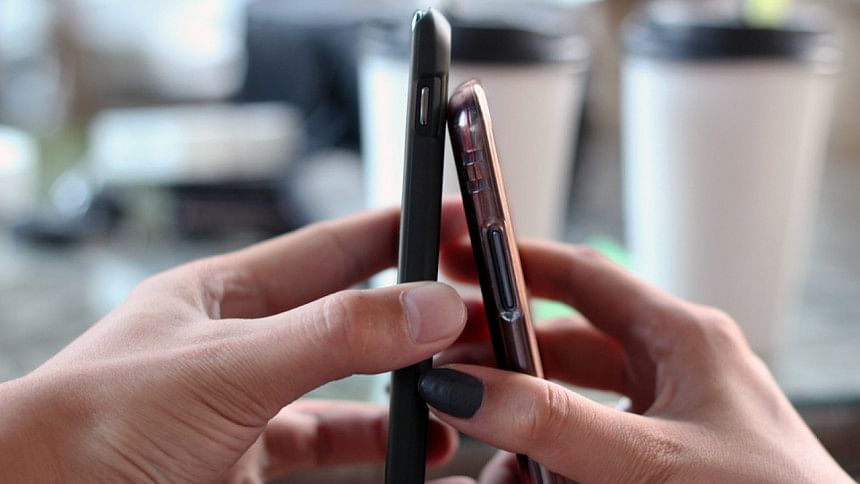
Smartphones, nowadays, contain the keys of the doors leading to our lives. We store our life moments, secrets and even our money in it. However, it is sad but true that these mobile devices can easily be stolen.
So, how can you save your smartphones from thieves? Or even if somehow your phone ends up getting stolen how can you protect your personal information from them? Here are five ways you should adopt to protect your data and prevent your smartphones from getting stolen.
Use a strong screen lock
This is your first and strongest line of defense. Skip the easy four-digit PIN and instead create a strong password that contains a string of at least eight characters that include some combination of letters, numbers, and special characters that do not form recognizable words or phrases—especially those that could be associated with you. For instance, Fred1969 is a weak password, but F!ed9691 could be much harder to crack. While typing a nontrivial password may feel cumbersome at first, it should get much easier with practice.
Get a case
Smartphones make good targets because their relatively small size makes them easy to snatch and hide, their ubiquity makes them easy to move and their high value makes them a good return on a thief's investment, netting hundreds of dollars for a quick crime. The more premium the smartphone, the more money it brings in.
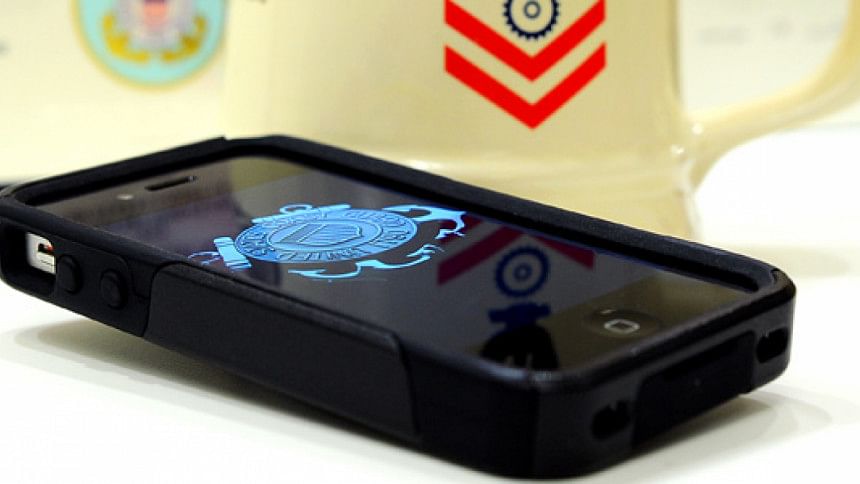
In addition to protecting your phone from scratches and breaks, a basic case can help conceal a distinctive phone's telltale markings. That's a detriment if you're trying to show off your handset's badass styling, but a benefit for maintaining a lower profile. Note: Even though they look better, a flashy designer case is like sticking a "steal me" marquee on your phone.
Solid Grip
Grip the phone securely in your hand, fanning out your fingers so that you've formed a protective cage or claw around the phone. Better yet, weave fingers from both hands around the device, so that they're touching. This is especially beneficial for larger phones that are harder to hold onto and therefore easier to snatch. It may sound strained, but for me this winds up being a natural way to grip a phone, one that happens almost instinctively.
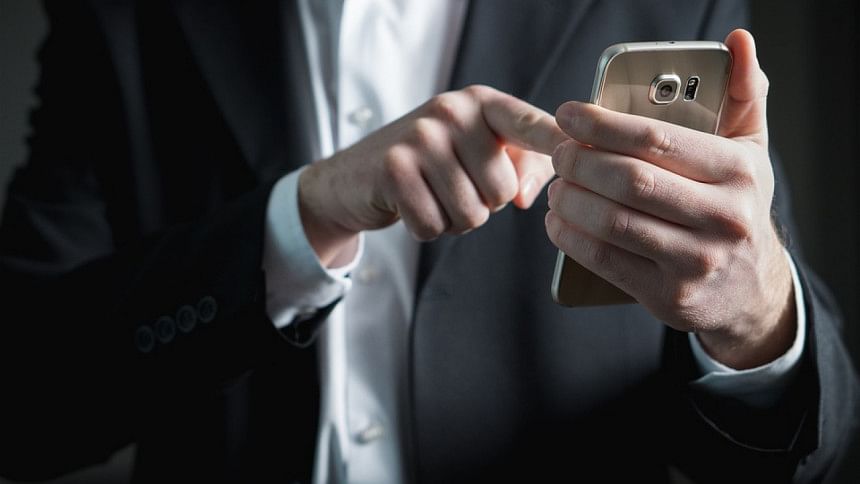
Someone could still grab your phone from you, yes, but you've now created a deterrent and the appearance of physically locking on to your device, even if you are completely absorbed in what's happening on the screen, and oblivious to your surroundings.
Switch on tracker applications
The same GPS and network connections that help your phone find the best nearby restaurants and the fastest way home can help you find and protect the phone if it goes missing. To take advantage of this, you need to install a special free app that we'll describe below, which works together with a free service that you can use to locate or erase the phone once it's gone.
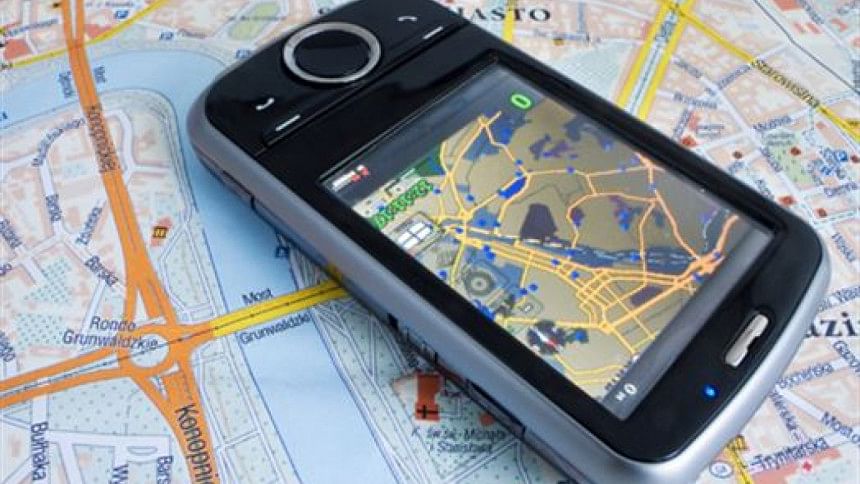
Activate or install an application on your smartphone which can track your phone's location if stolen. This could help police if it's stolen. Some phones have this feature built in.
Back up your photos and videos
Phone carriers, phone makers, and operating systems typically offer free over-the-air backup for phone camera content, settings, and more. These options often appear when you set up the phone for the first time, though you can always activate them later. Selecting a carrier-neutral source, such as Apple's iCloud, Android's Google +, or Microsoft's OneDrive will make it easier to retrieve your precious memories should your next phone be from a different carrier.
Source: CNET, Consumer Reports & BBC

 For all latest news, follow The Daily Star's Google News channel.
For all latest news, follow The Daily Star's Google News channel. 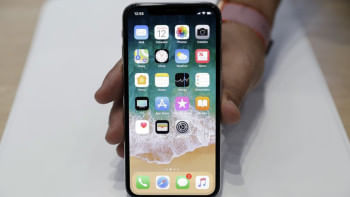


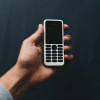






Comments